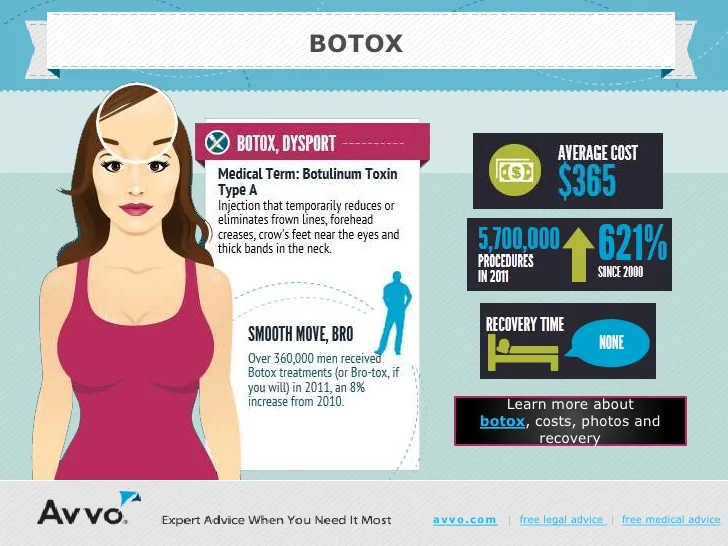Hormone acne is defined by stopped up pores and oily skin that commonly shows up on the chin and jawline. It happens when hormone changes trigger swelling and bacterial overgrowth within hair follicles.
Breakouts might appear as whiteheads, blackheads, papules or pustules and cysts or blemishes in more serious cases. It is a lot more common in teenagers experiencing puberty yet can influence adults of any type of age.
What Causes Hormone Acne?
While acne can be caused by a selection of elements, consisting of making use of hair and skin care items that aren't oil-free or made with ingredients that might obstruct pores, genetic tendency, diet regimen,2 and stress, the source is rising and fall hormones. Hormonal acne happens when the body experiences hormone changes and variations that bring about an overflow of sebum, which causes inflammation, boosted development of bacteria and changes in skin cell activity.
Hormone acne is frequently discovered on the reduced jawline, cheeks and neck however can show up anywhere on the body. It is identified by imperfections that are cystic, painful and full of pus or other material. It is also more likely to happen in ladies than males, specifically during adolescence, the menstrual cycle, pregnancy or menopause.
Age
While numerous kids experience acne at some point during puberty, it can remain to pester grownups well into adulthood. Known as hormone acne, this type of breakout is linked to variations in hormones and is usually most common in women.
Hormone acne happens when oil glands create excessive sebum, which blocks pores and catches dead skin cells. This results in the development of acnes, such as whiteheads, blackheads and papules, pustules, cysts or blemishes, deep under the surface area.
This type of acne often triggers discomfort, redness and swelling. It may additionally be cyclical and show up around the exact same time every month, such as right before your duration starts. This is since degrees of women hormones like progesterone and oestrogen rise and fall with each menstruation.
Menstrual Cycle
Hormone acne commonly appears in the reduced part of your face, along the jawline and cheeks, as whiteheads, blackheads or inflammatory pimples (pimples and cysts). It's most likely to appear around the time when your menstruation modifications.
Particularly around ovulation, when estrogen and progesterone degrees get on the rise, hormone changes can cause breakouts. However it's additionally feasible to obtain acne at any kind of factor during your 28-day menstruation.
If you see that your hormone acne flare right before your duration, try observing when precisely this takes place and see if it connects to the stages of your 28-day menstruation. This will certainly aid you identify the source of your skin difficulties. For instance, you may want to deal with balancing your blood sugar and cutting out high-sugar foods, or take botox for migraines into consideration a prescription drug like spironolactone that can control your hormones.
Maternity
Growing a baby is a time of significant hormonal modifications. For many ladies, this consists of a flare-up of hormonal acne. This kind of outbreak generally starts in the initial trimester, around week six. It's caused by hormone rises that stimulate sebaceous glands to make even more oil, which can obstruct pores and cause even more bacteria to build up.
Outbreaks might also happen as a result of pre-existing problems like polycystic ovary syndrome, which can likewise be a problem while pregnant and menopause. Also, some kinds of contraceptive pill (such as Ortho Tri-Cyclen and YAZ) can trigger hormonal acne in some ladies.
Thankfully, a lot of acne therapies are "no-go" for expectant women (including preferred acne-fighting active ingredients such as isotretinoin and spironolactone). But if you can not avoid those frustrating bumps, your physician might suggest dental erythromycin or cephalexin, which are safe while pregnant.
Menopause
As females come close to menopause, the estrogen degrees that triggered their hormone acne to flare up during the age of puberty begin to stabilize and decrease. At the same time, however, a spike in androgens (also known as male hormonal agents) takes place due to the fact that these hormonal agents can't be converted into estrogen as effectively as before.
The unwanted of androgens can cause oil manufacturing by the sweat glands, which blocks pores. When the stopped up pores ended up being irritated and inflamed, an acne forms.
Hormone acne is typically seen on the face, particularly around the chin and jawline, but it can occur on the neck, back, shoulders, or chest. This type of acne has a tendency to flare up in a cyclical pattern, similar to the menstrual cycle. Tension, which boosts cortisol and tosses hormonal agents out of equilibrium, additionally adds to the outbreaks.
